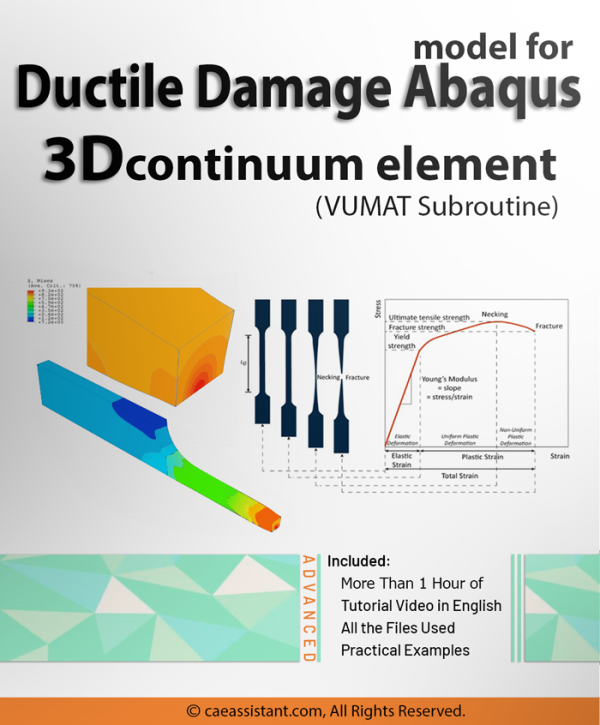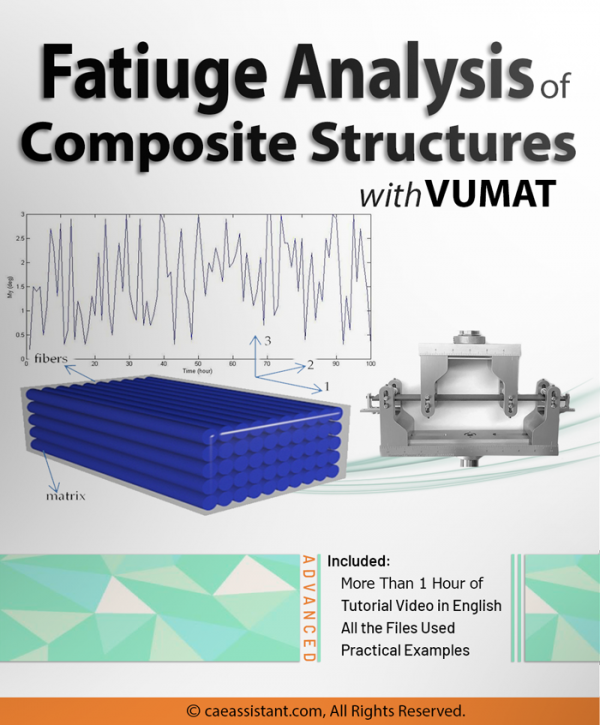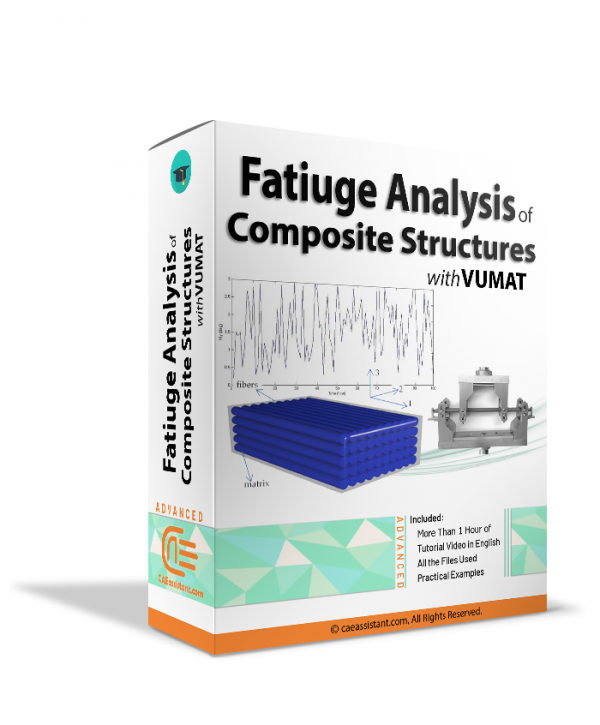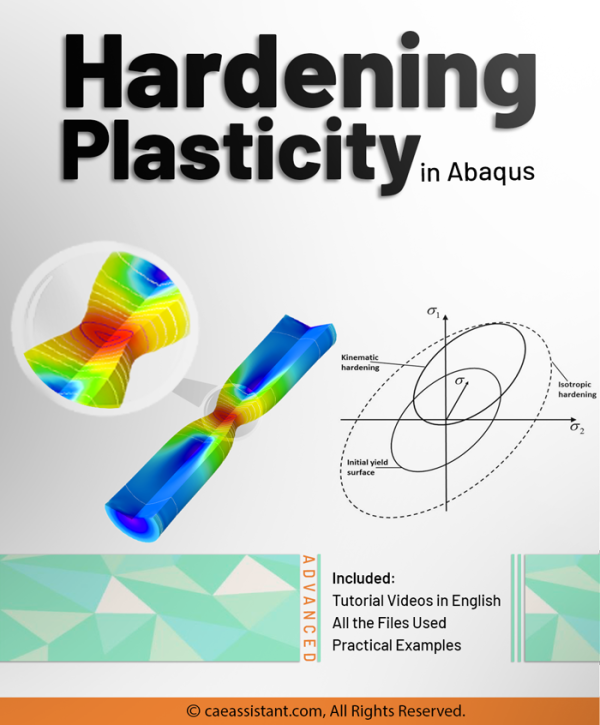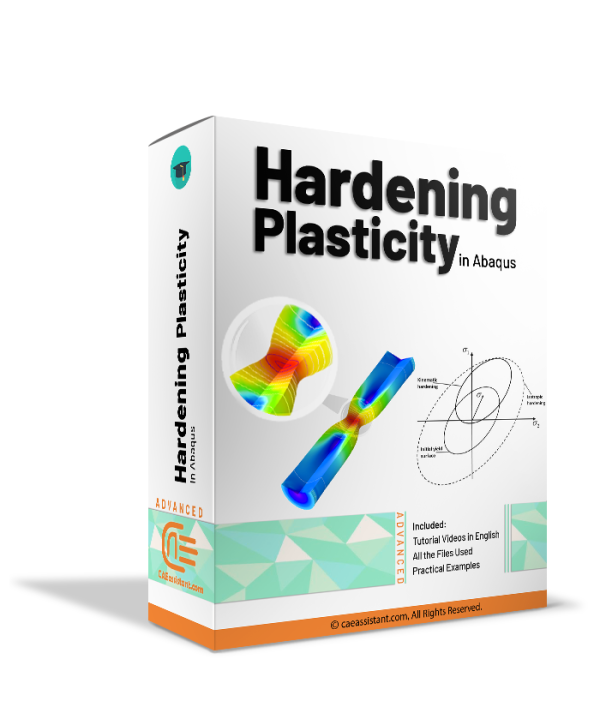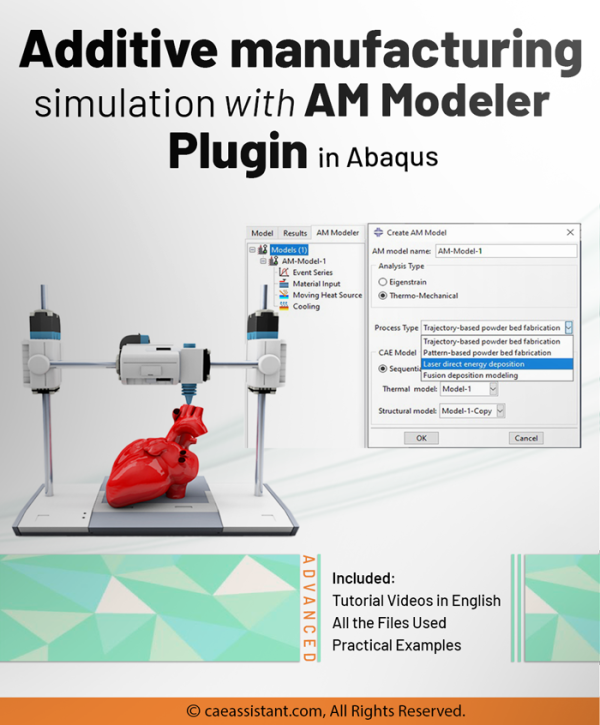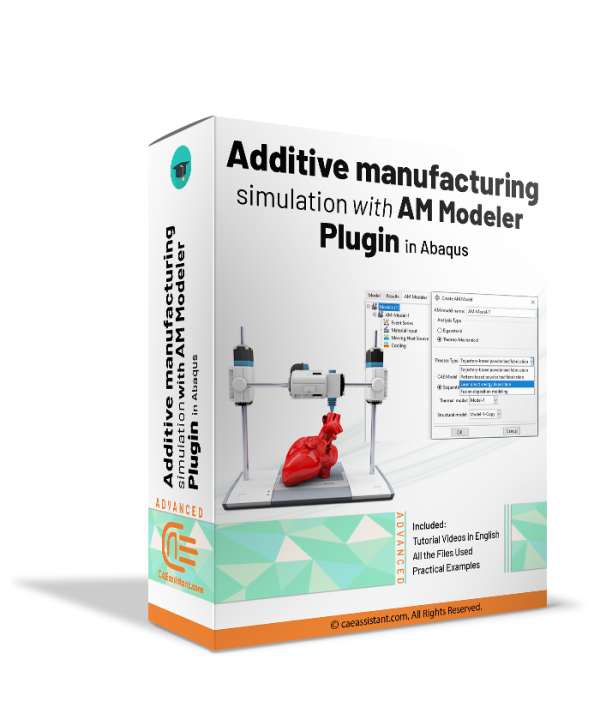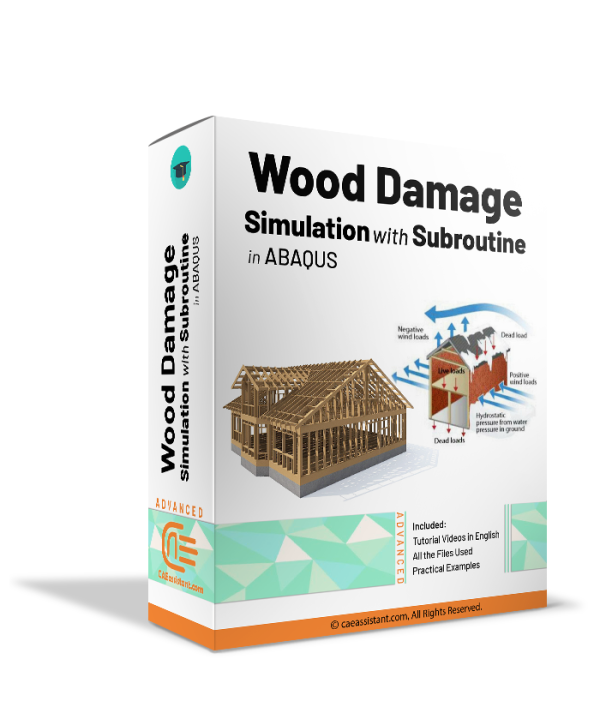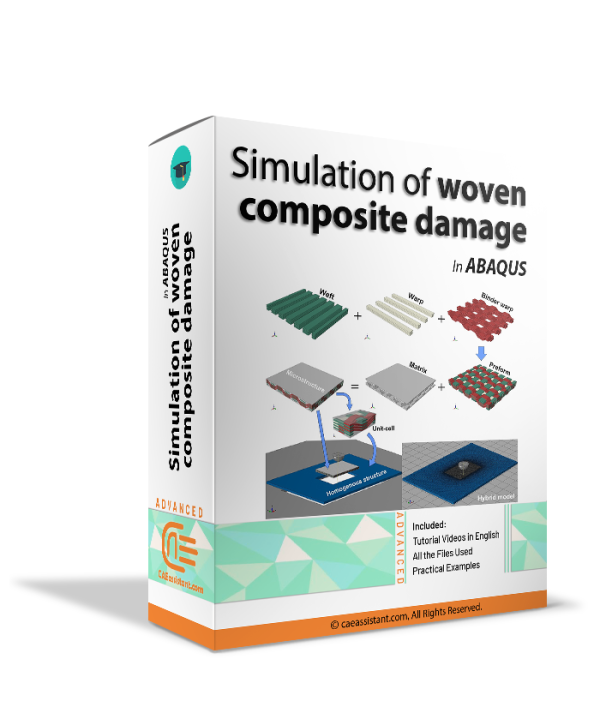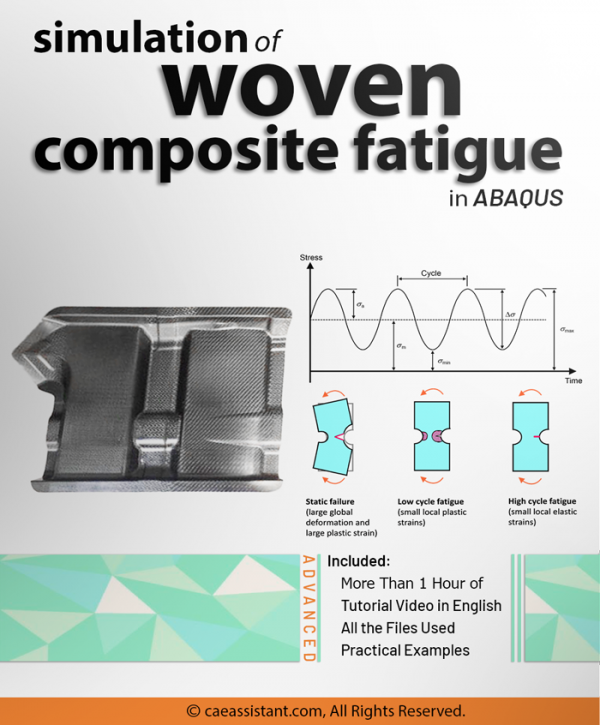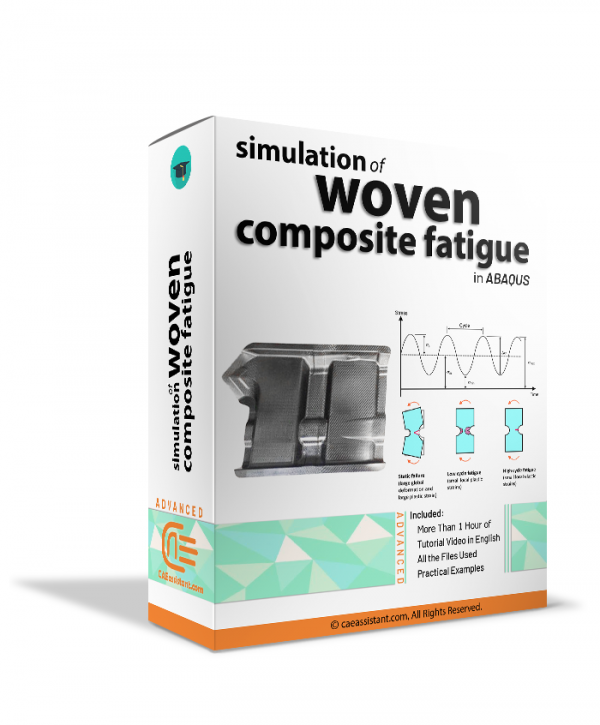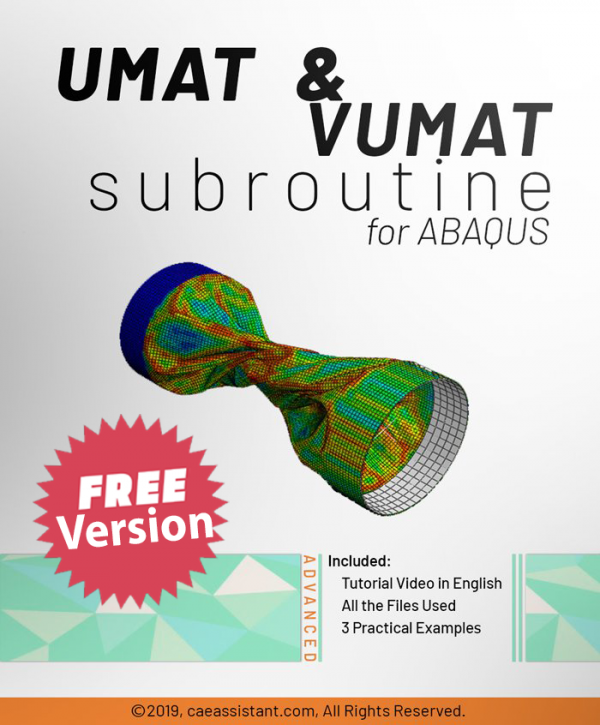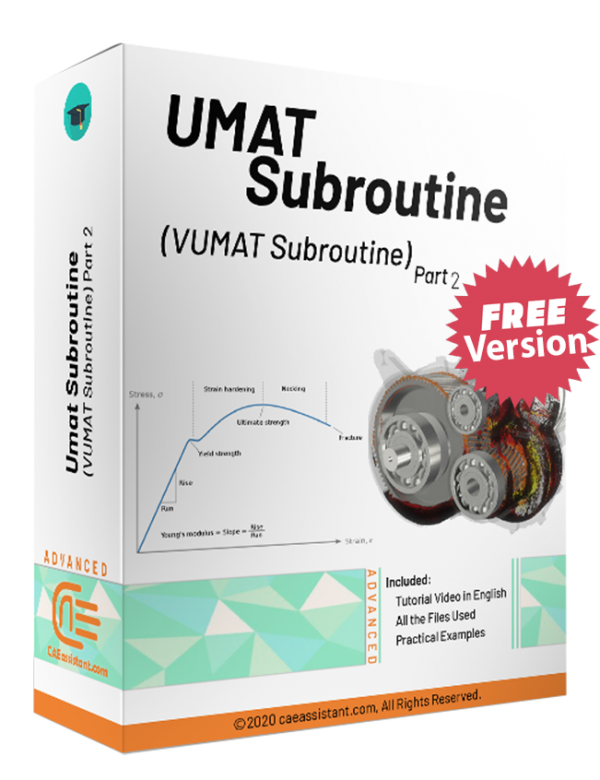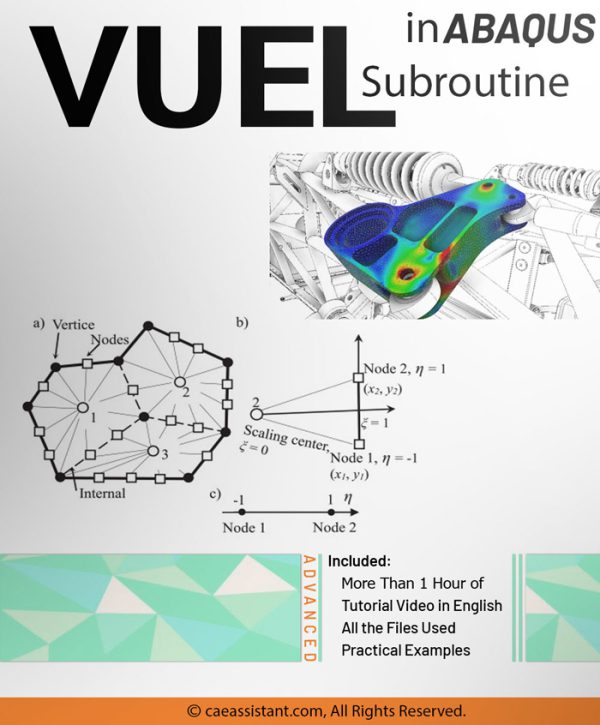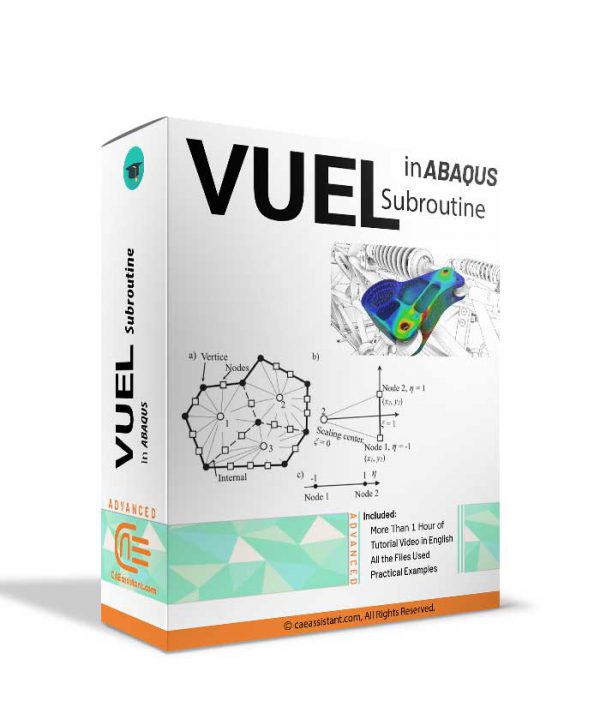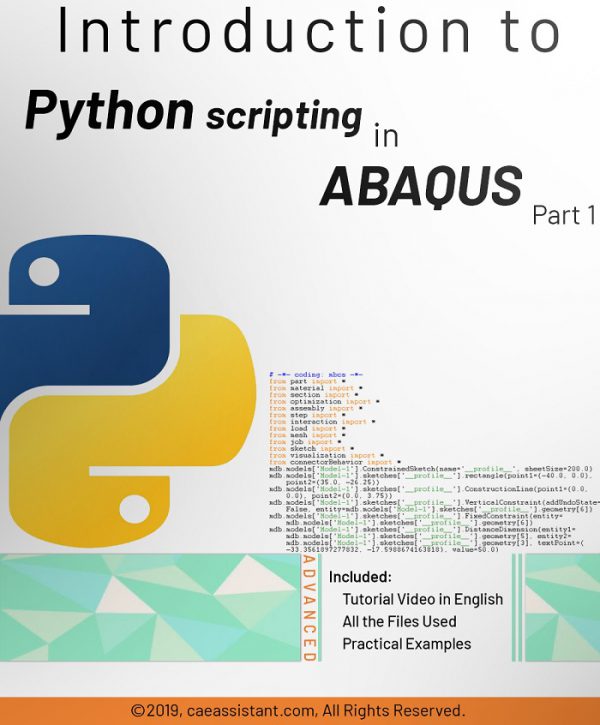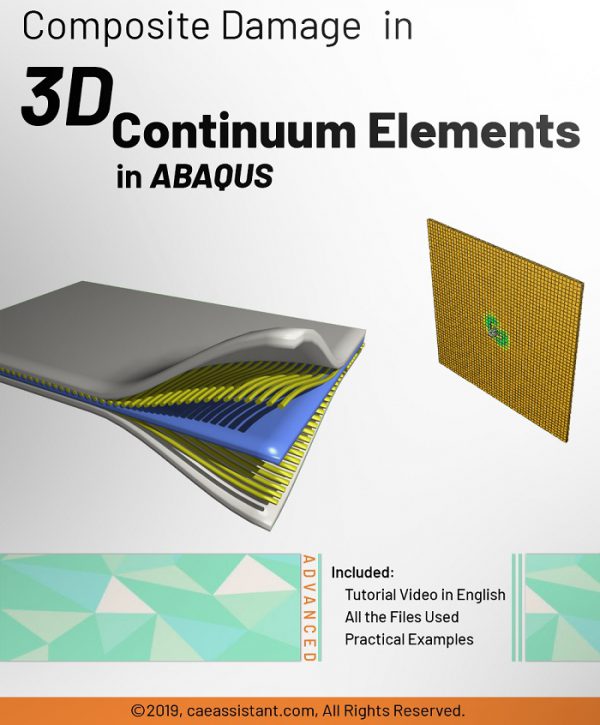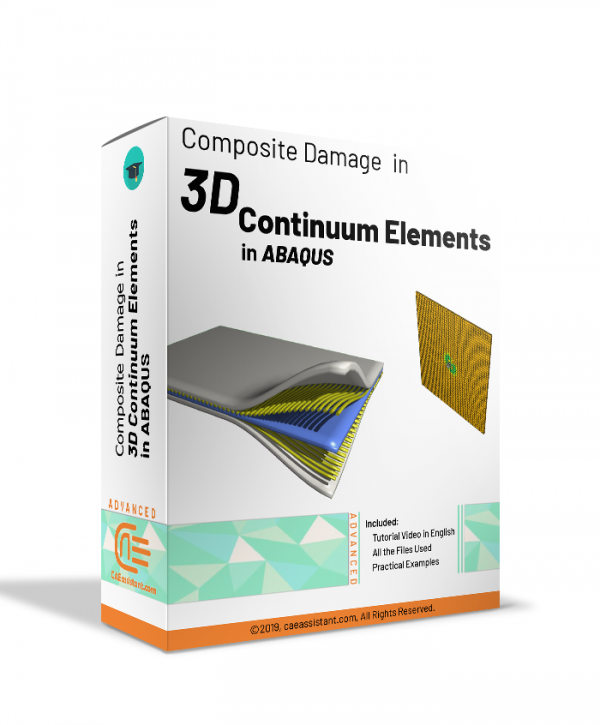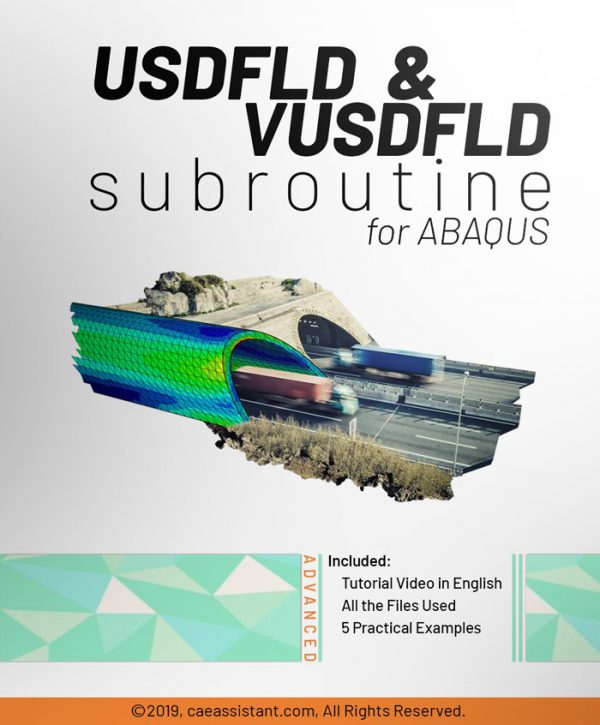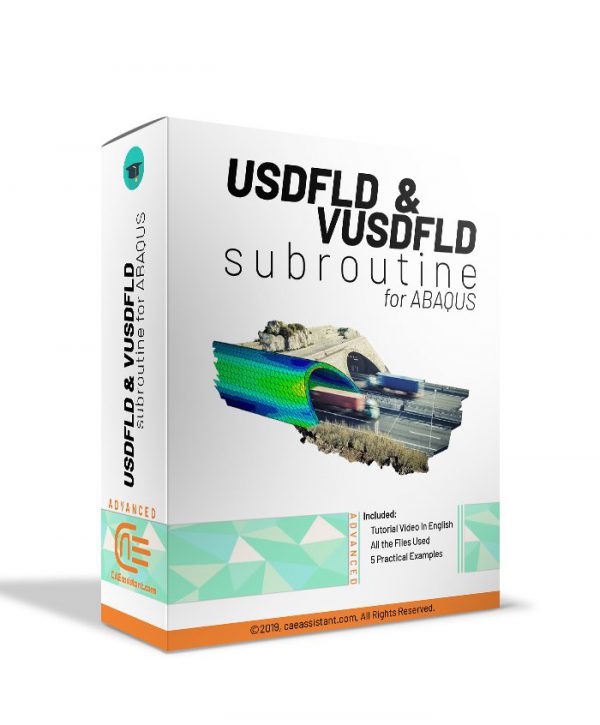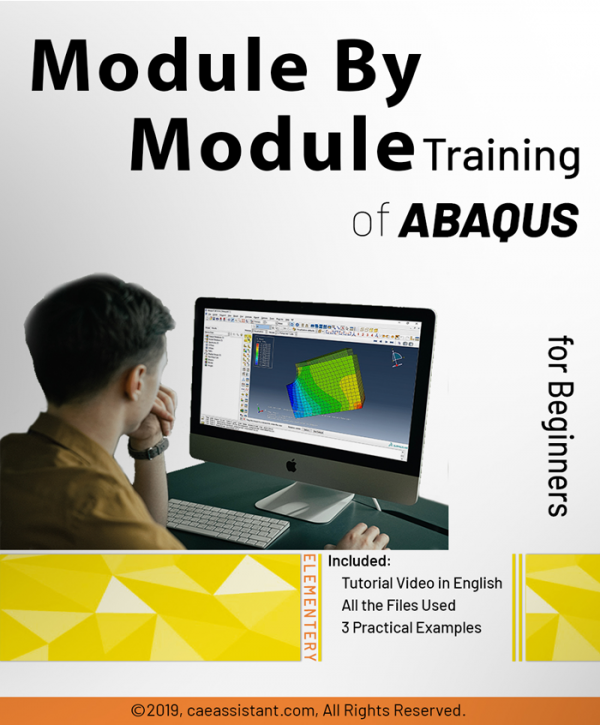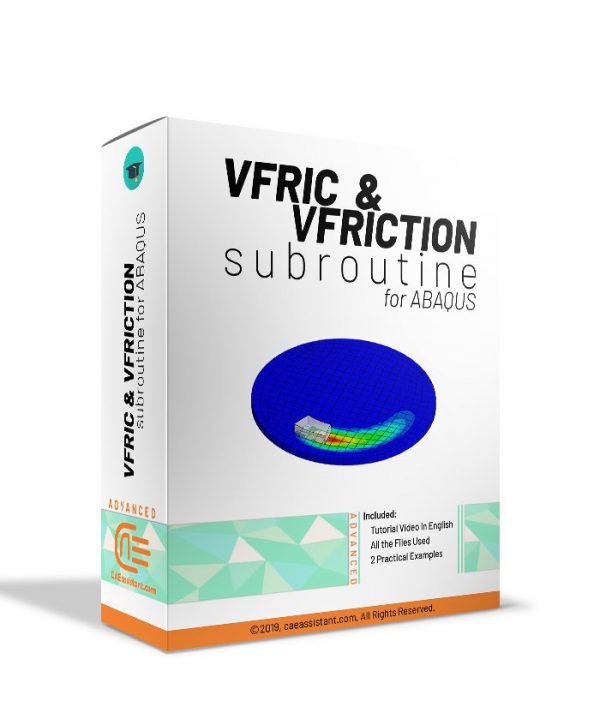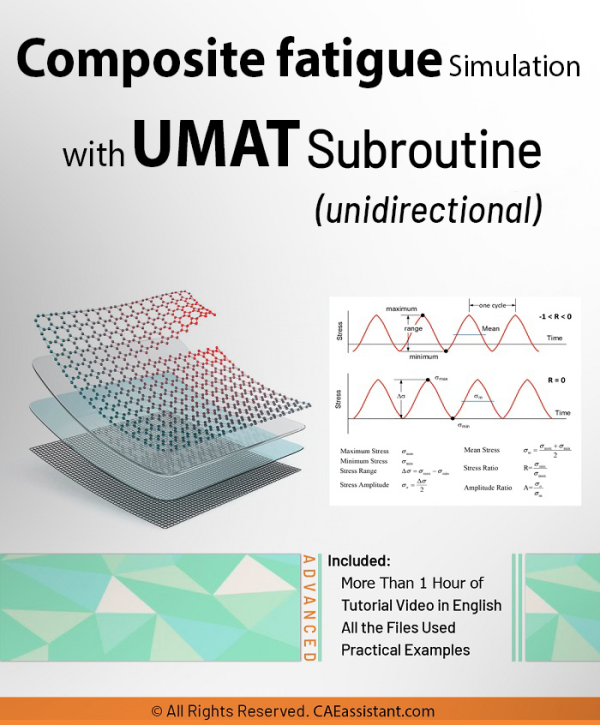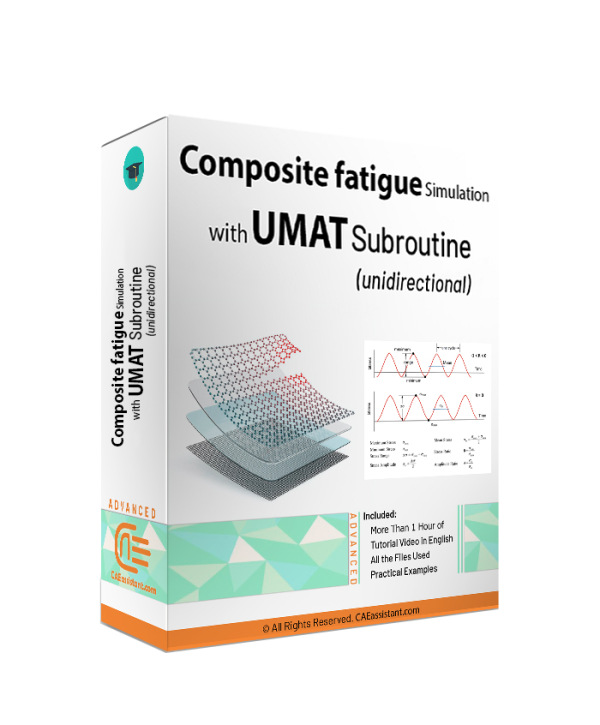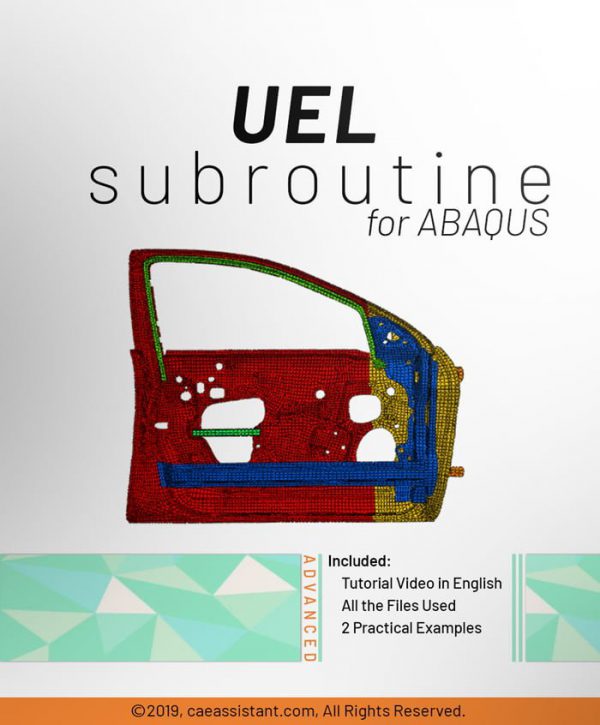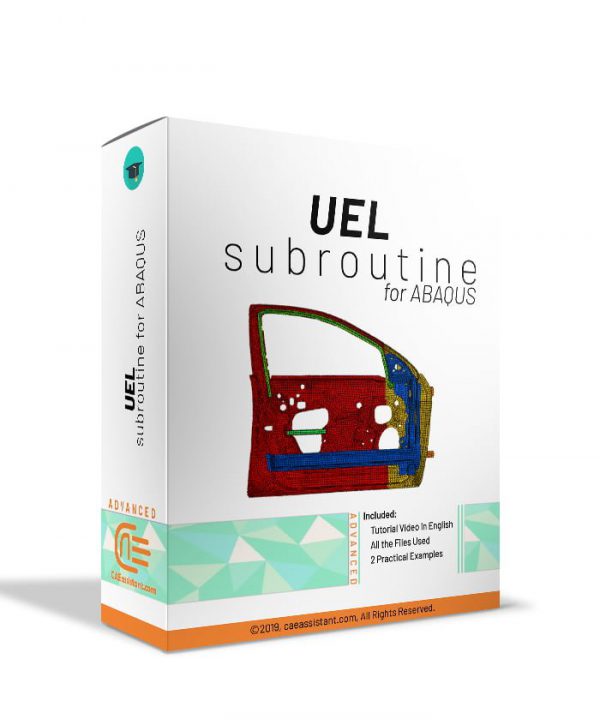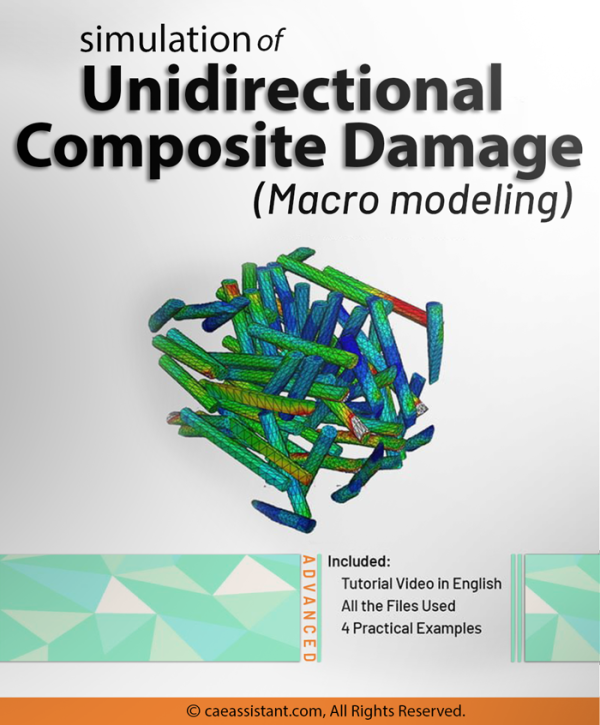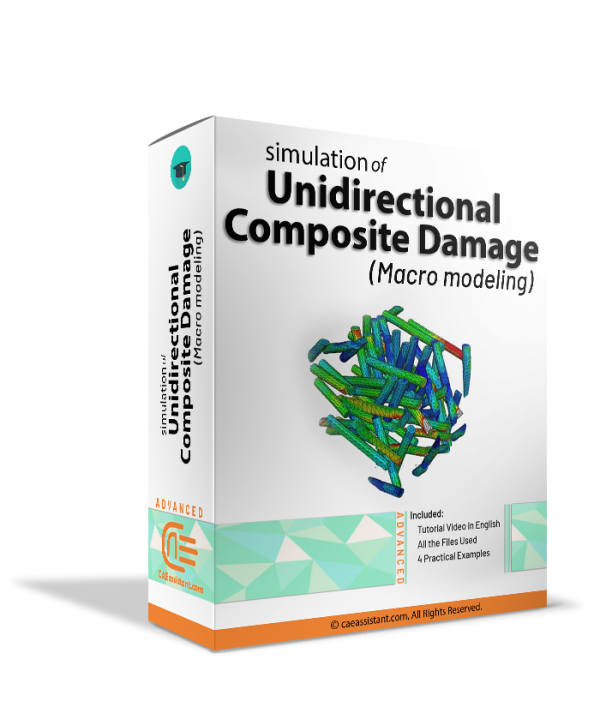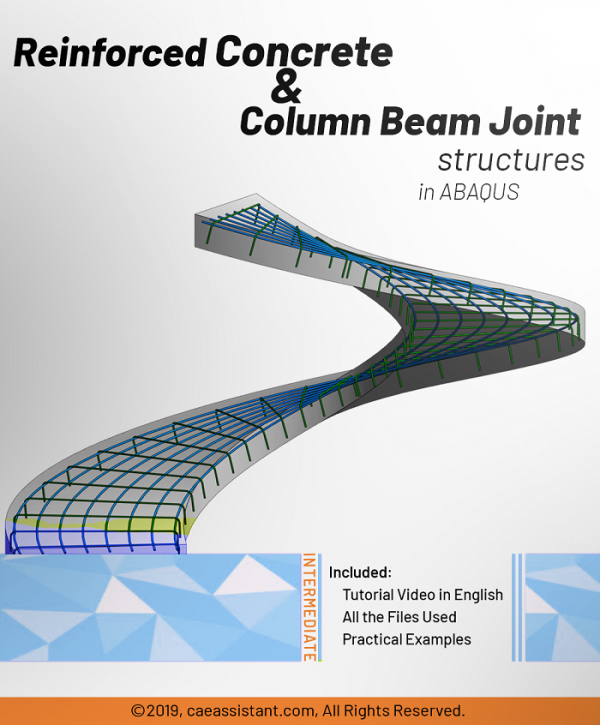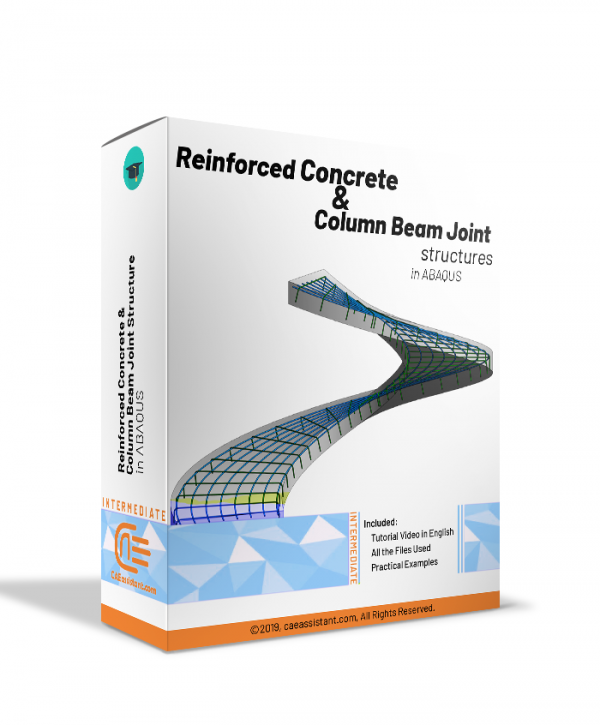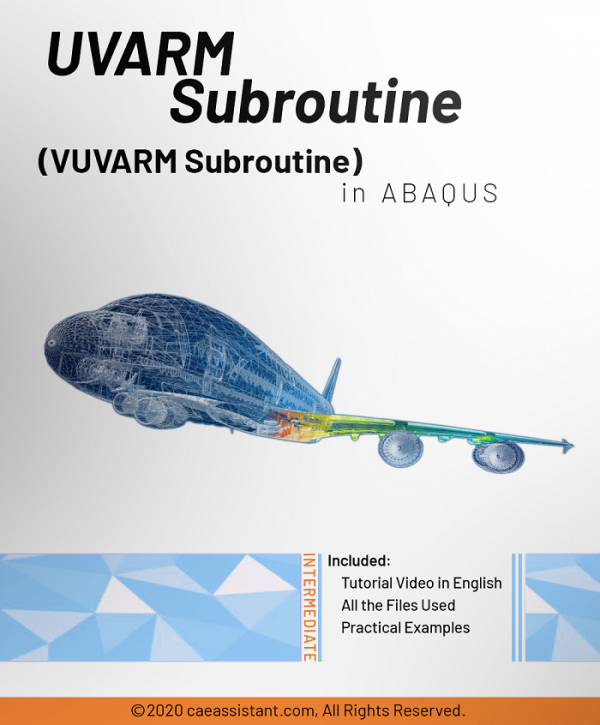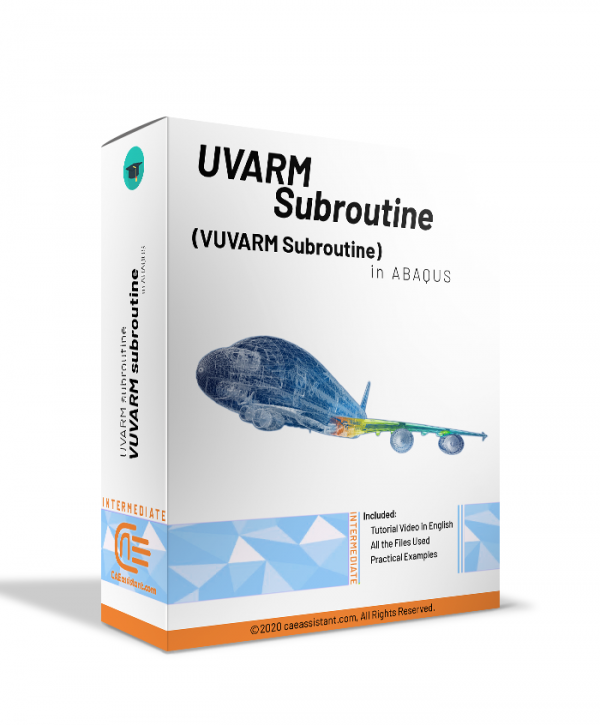Civil Engineering
Composite pressure vessel analysis with Semi-Geodesic winding
Ductile Damage Abaqus model for 3D continuum element (VUMAT Subroutine)
Composite Fatigue Simulation with VUMAT Subroutine in ABAQUS
Hardening plasticity in Abaqus
Additive manufacturing simulation with Abaqus AM modeler plugin
Simulation of composite Puck damage in 3d continuum element in Abaqus (UMAT-USDFLD-VUMAT)
Wood damage simulation with Abaqus subroutine | Wood damage FEM
Simulation of woven composite damage in Abaqus
Simulation of woven composite fatigue in Abaqus
UMAT Subroutine (VUMAT Subroutine) in ABAQUS-Free Version- UMAT Abaqus example
"UMAT Subroutine (VUMAT Subroutine) introduction" is used when the material model is not available in ABAQUS software. If you follow this tutorial package, including standard and explicit solver, you will have the ability to write, debug and verify your subroutine based on customized material to use this in complex structures. These lectures are the introduction to writing advanced UMAT and VUMAT subroutines in hyperelastic Martials, Composites, and Metal, and so on. Watch Demo
"Advanced UMAT Subroutine (VUMAT Subroutine)" training package helps Abaqus users to prepare complex UMAT and VUMAT subroutines. This training package is suitable for those who are familiar with subroutine or want to learn UMAT/VUMAT subroutine Professionally. Equations for computational plasticity based on kinematic stiffness are also discussed. In addition, metal damage has been implemented based on Johnson Cook's model. Watch DemoAcademic or Business Membership
Payment Yearly
Why should you choose this Membership?
Introduction to VUEL Subroutine in ABAQUS
Python scripting in ABAQUS Part1
3D continuum Abaqus HASHIN progressive Damage for composite materials (VUMAT Subroutine)
Introduction to USDFLD and VUSDFLD Subroutine
In this usable tutorial, the material properties can change to an arbitrary dependent variable. One of the most important advantages of this subroutine is simplicity and applicability. Various and high usage examples are unique characteristics of the training package.
This training package includes 5 workshops that help you to fully learn how to use USDFLD and VUSDFLD subroutines in Abaqus software. By means of these subroutines, you will have expertise redefine field variables at a material point by the solution dependence of standard and explicit, respectively.Abaqus DLOAD Subroutine and VDLOAD Subroutine
Module by module Abaqus Training
Introduction to VFRICTION and VFRIC Subroutines in ABAQUS
This tutorial help you in cases where the classical Columbian equations are more complex and cannot be implemented by the graphical ABAQUS environment. This package introduces and teaches how to write these two subroutines. This introduction contains explaining different optional and mandatory parameters of VFRICTION and VFRIC subroutines.
Composite Fatigue Simulation with UMAT Subroutine in ABAQUS (unidirectional)
Introduction to UEL Subroutine in ABAQUS
Customized Package
Simulation of Unidirectional Composite Damage in ABAQUS
This package introduces and applies various theories to initiate and progress damage in composite materials based on ABAQUS capabilities for different elements. As you know, according to the modeling done by the micro or macro method, the way of defining the Abaqus composite damage completely follows the separate method in ABAQUS. This training package is customized for macro modeling of composite structures.


